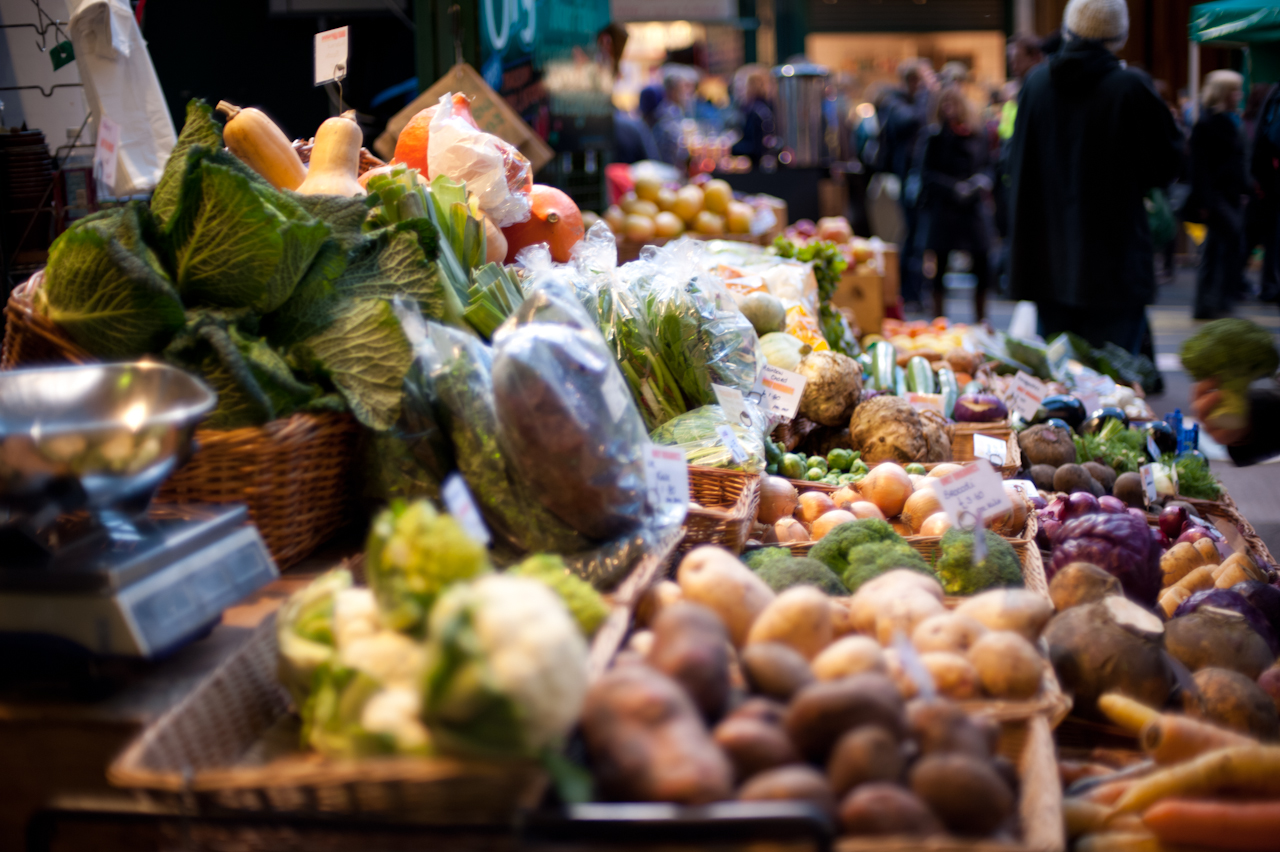
Food insecurity is defined as a lack of access to the kinds and amounts of food necessary for each member of a household to lead an active and a healthy lifestyle. Food insecurity is one of the major problems the globe is facing. According to a recent report from USAID, about 800 million people in the globe go to bed hungry every night. Now, with a projected population of 9 billion in 2050, there is a need to double the current food production in order to curb food insecurity in years to come. One of the measures to put in place is investing in Agriculture.
An investment in agriculture can play a significant role in addressing food insecurity by improving food production, increasing incomes for farmers, and enhancing overall food availability.
Here’s how such Agricultural Investments can help:
- Increased Food Production: Agricultural investments can lead to the adoption of modern farming techniques, improved irrigation systems, better quality seeds, and efficient use of fertilizers and pesticides. This can result in increased crop yields and overall food production. By producing more food, it becomes possible to meet the growing demands of a growing population, reducing the gap between food supply and demand.
- Diversification of Crops: Investments can support the diversification of crops grown in a region. This diversification can improve resilience against climate change and pests, as well as provide a wider variety of nutritious foods. This is particularly important in combating malnutrition and ensuring a balanced diet.
- Infrastructure Development: Investments can be used to develop rural infrastructure, such as roads, storage facilities, and cold chains. Improved infrastructure helps farmers get their produce to markets more efficiently, reducing post-harvest losses and ensuring that food reaches consumers in a timely manner.
- Technology Adoption: Agricultural technology, such as precision farming, remote sensing, and data analytics, can greatly improve the efficiency of farming operations. These technologies can help farmers make informed decisions about planting, irrigation, and pest control, leading to higher yields and better resource management.
- Training and Education: Investments can fund training programs for farmers, educating them about modern farming practices, sustainable land management, and proper post-harvest handling. Educated farmers are more likely to adopt effective techniques and reduce wastage.
- Access to Credit: Adequate access to credit can help farmers invest in better seeds, equipment, and technologies. By providing financial support, investments can enable farmers to make improvements to their farming practices that lead to higher productivity and better incomes.
- Market Access: Investments in agriculture can also facilitate improved access to markets. This can be through the establishment of farmer cooperatives, mobile marketplaces, or improved distribution networks. When farmers have better market access, they can sell their produce at fair prices and increase their incomes.
- Rural Employment: Agriculture remains a major employer in many developing countries. Investments in agriculture can create job opportunities in rural areas, reducing rural-urban migration and contributing to local economic development.
- Climate Resilience: Climate change poses significant challenges to food security. Agricultural investments can focus on promoting climate-resilient practices that help farmers adapt to changing weather patterns and mitigate the negative impacts of climate change on food production.
- Poverty Alleviation: Many people suffering from food insecurity are also living in poverty. By improving agricultural productivity and farmer incomes, investments can contribute to poverty reduction and improve the overall well-being of rural communities.
In conclusion, investing in agriculture is a multifaceted approach that addresses the root causes of food insecurity. By enhancing food production, supporting farmers’ livelihoods, and improving overall agricultural systems, these investments can make significant strides towards ensuring a more food-secure future. This is a call for all hands to be on deck in order to work towards alleviating food insecurity.


